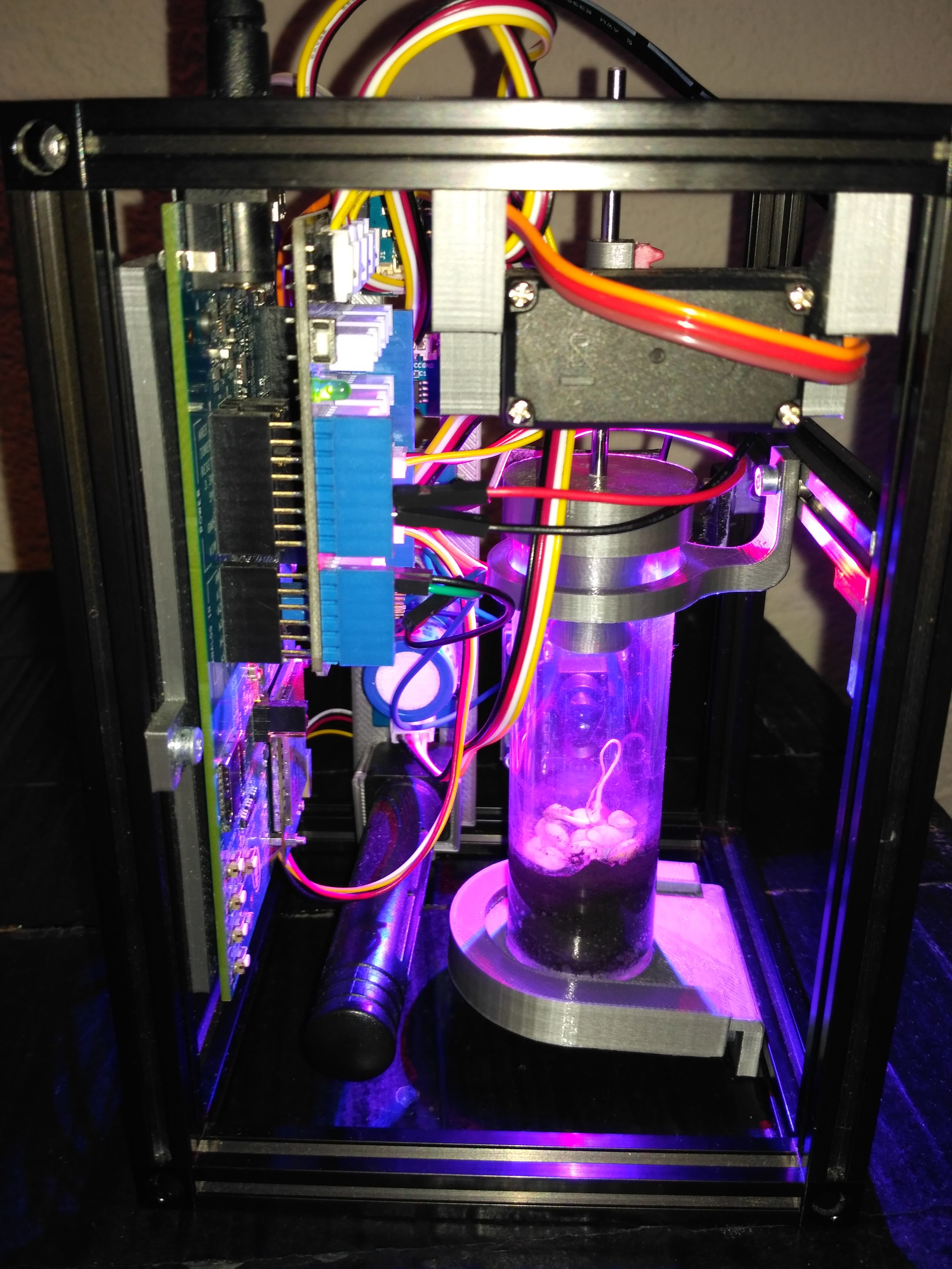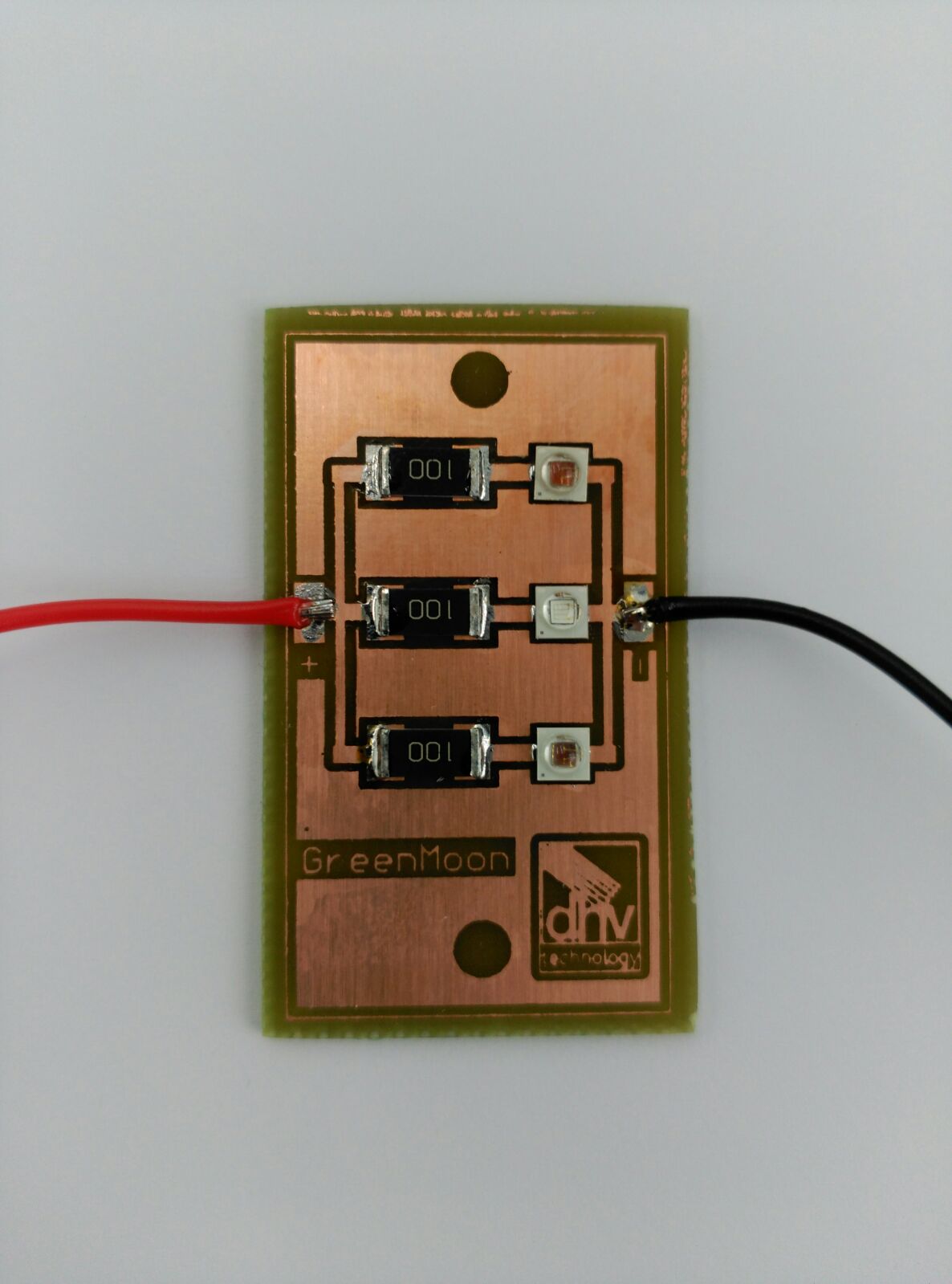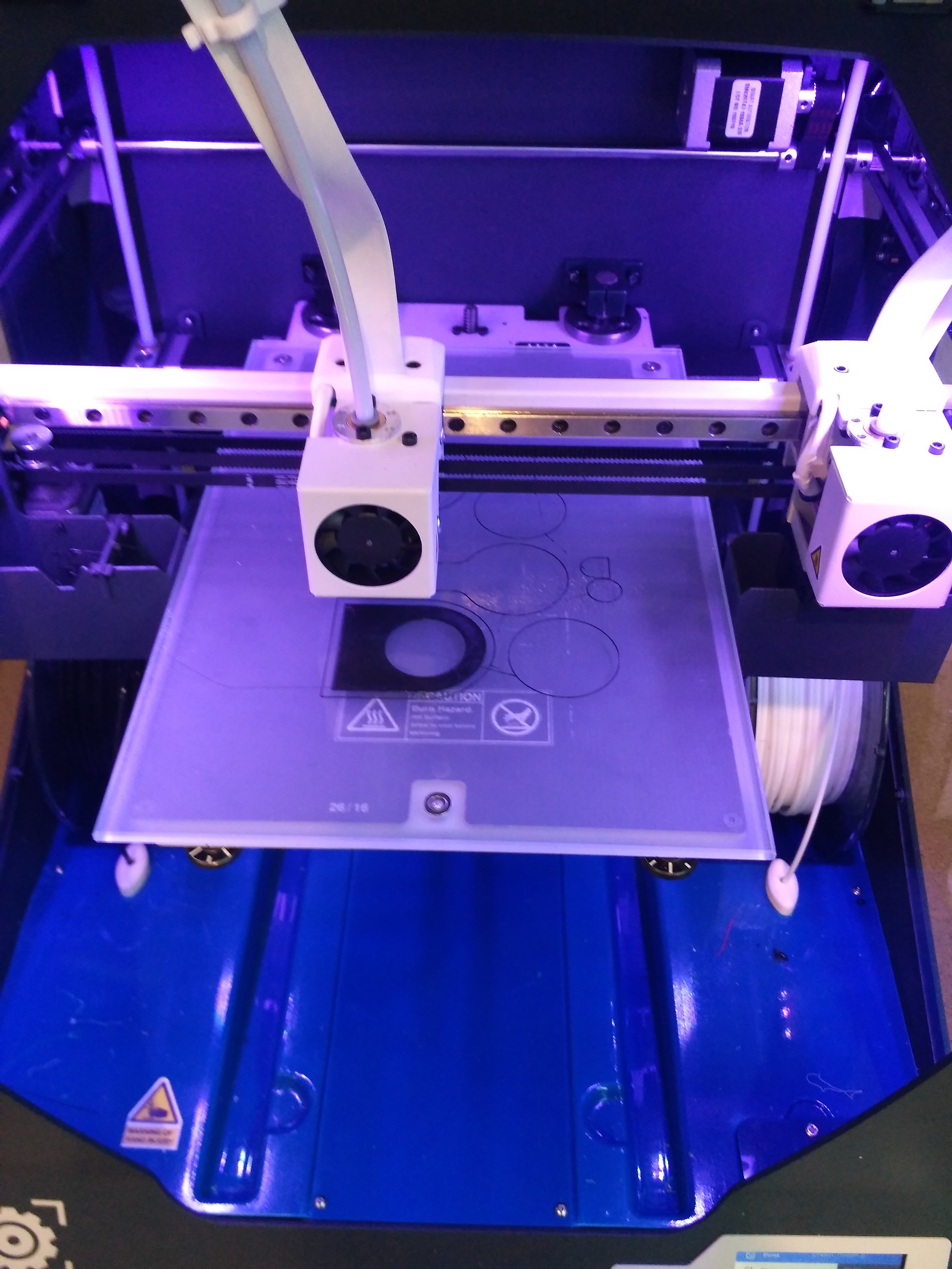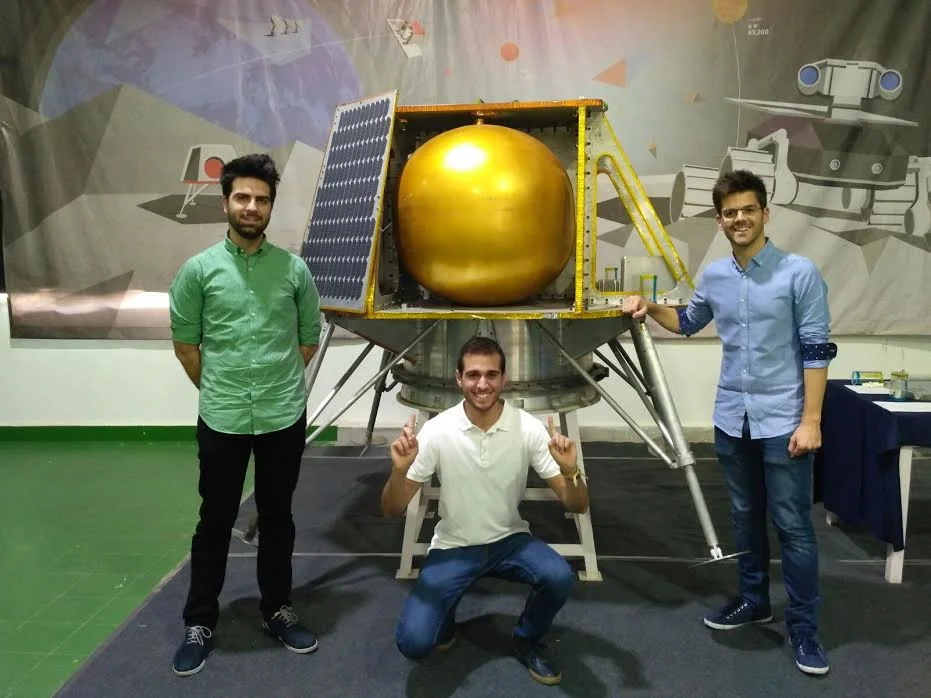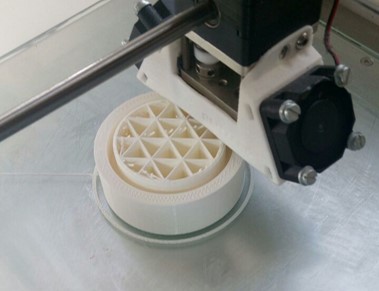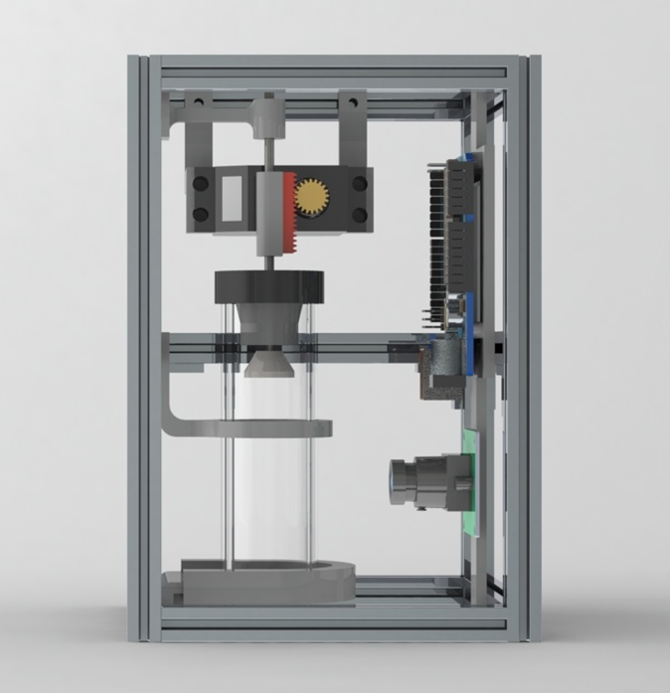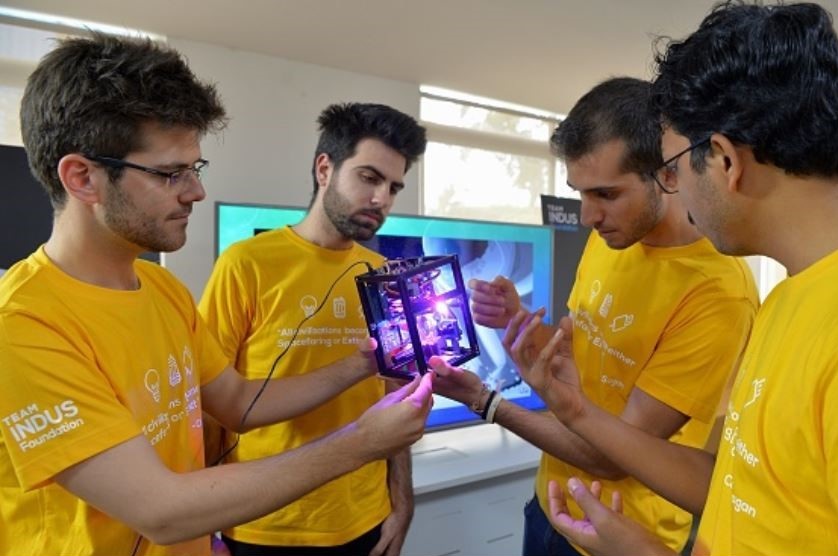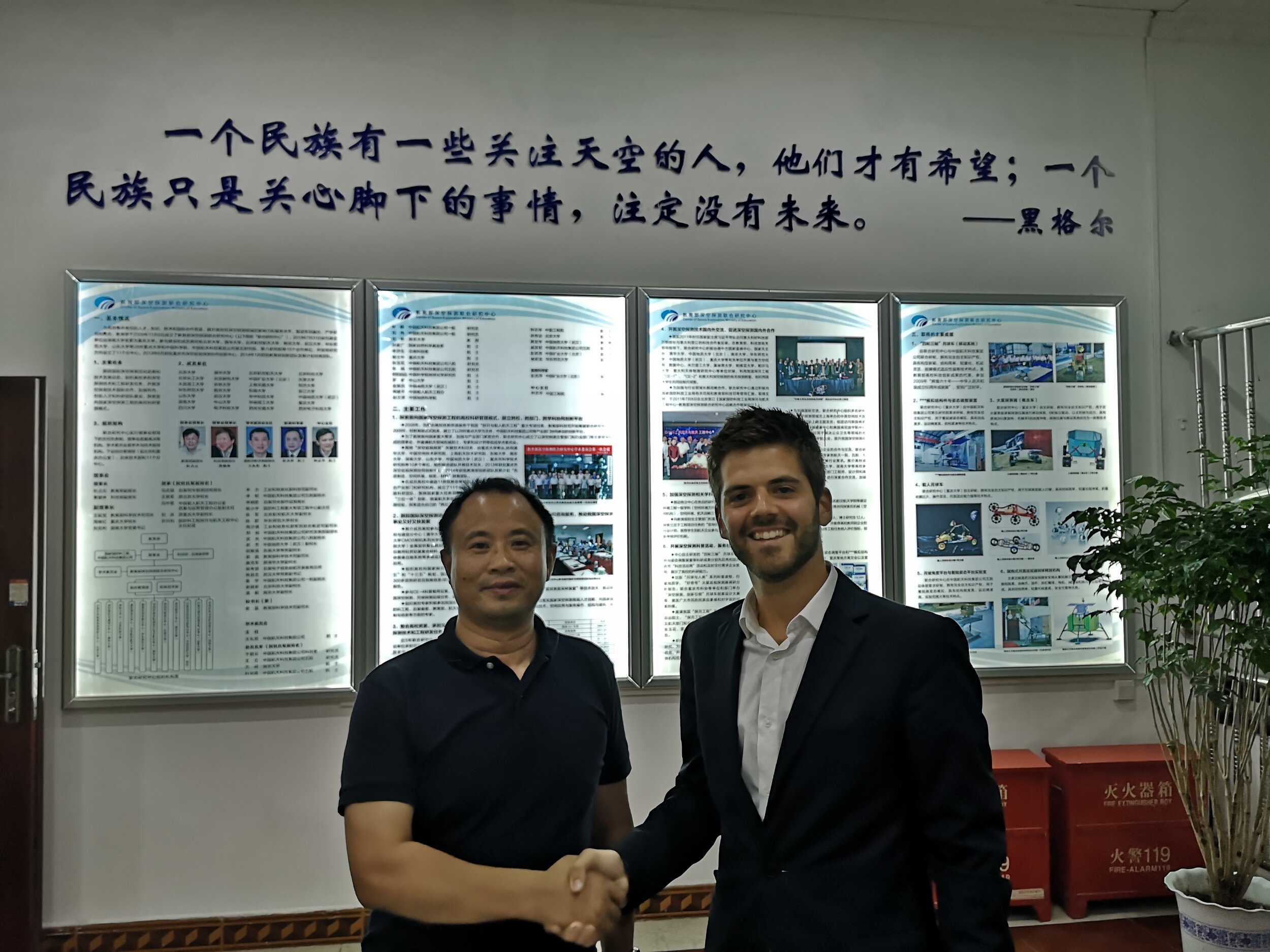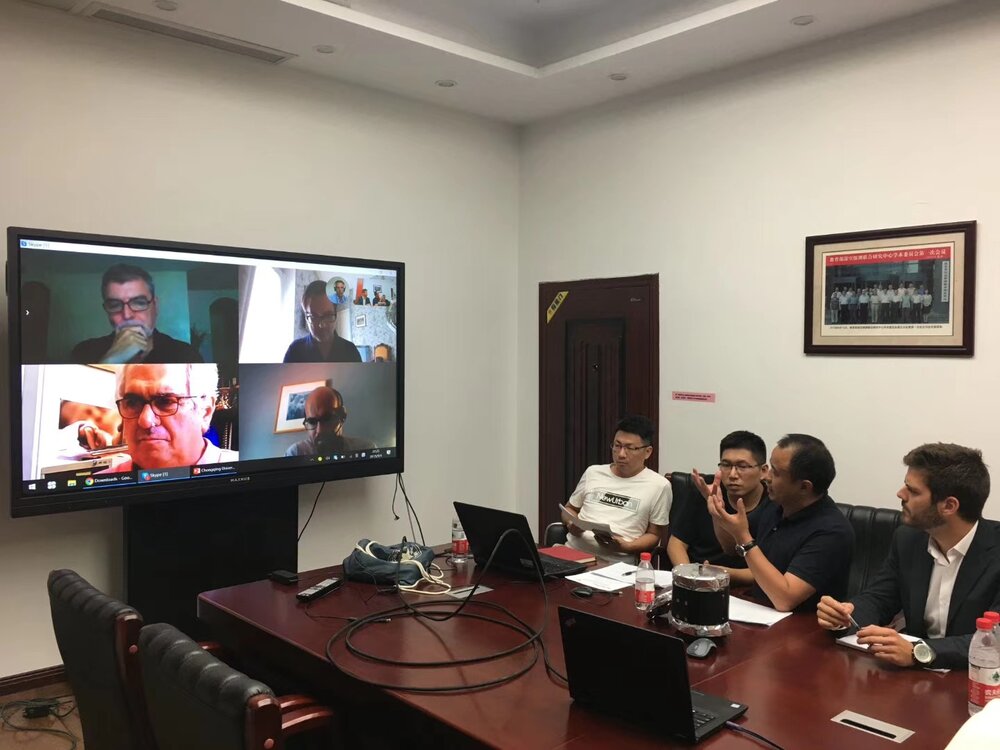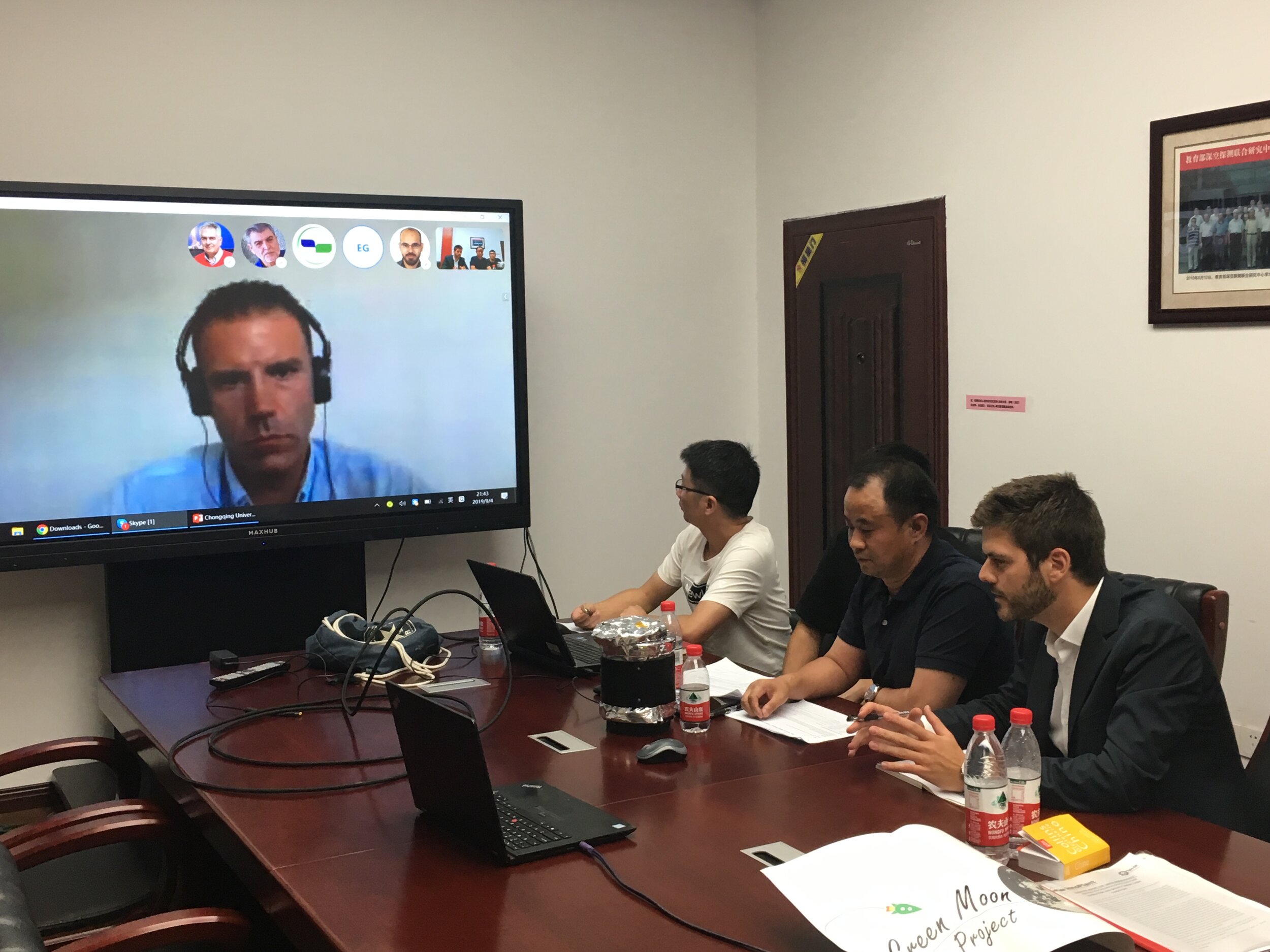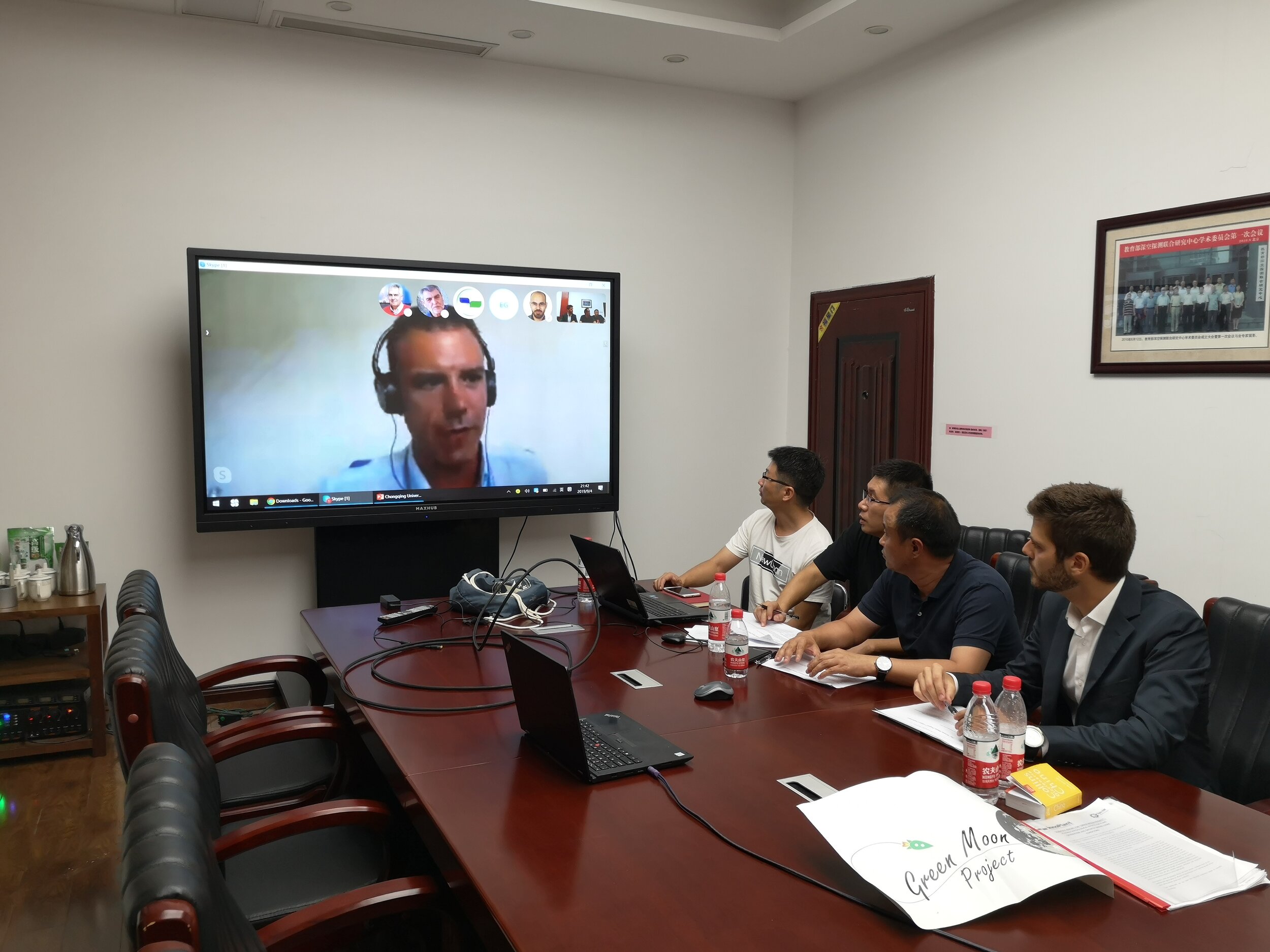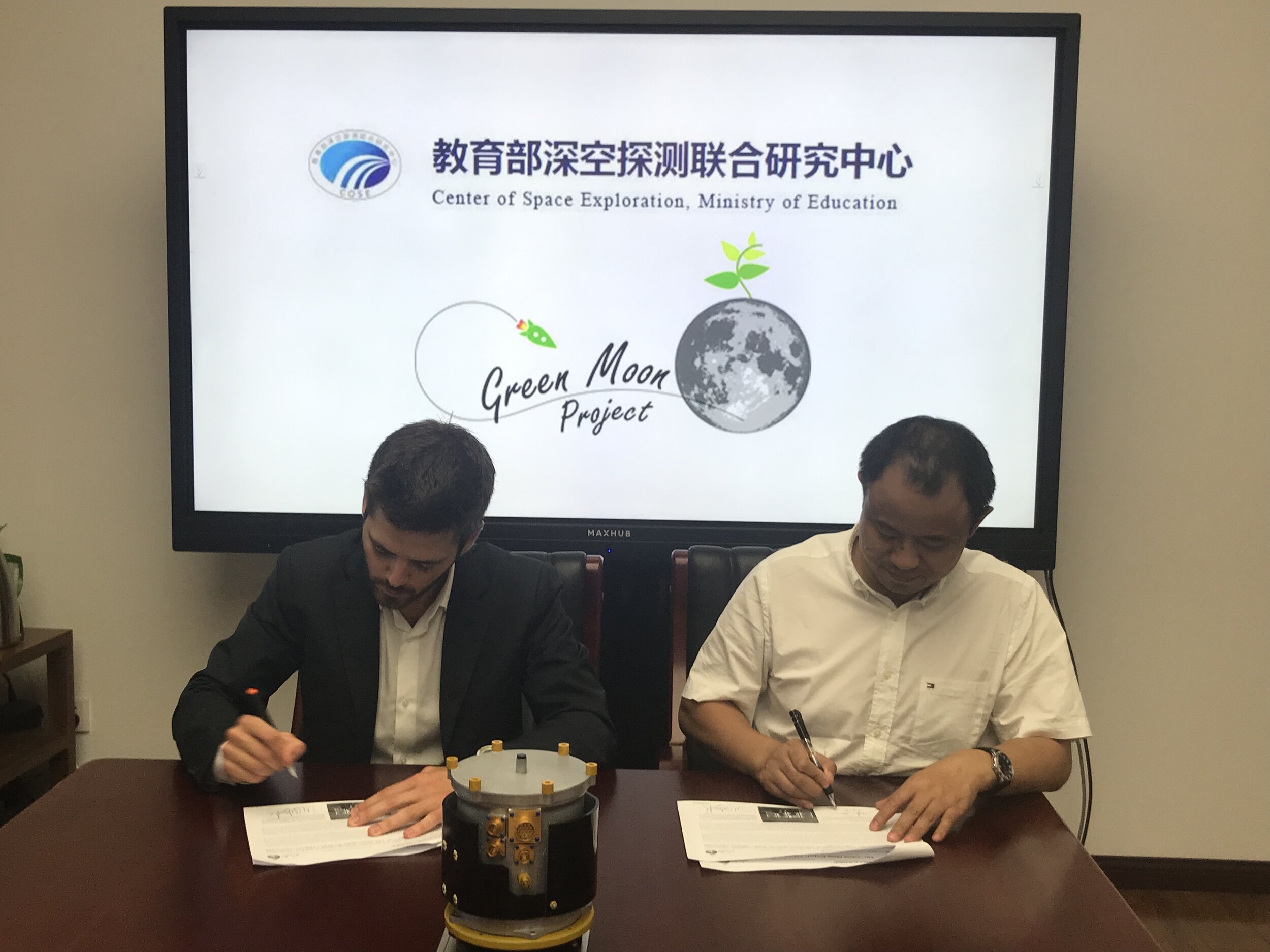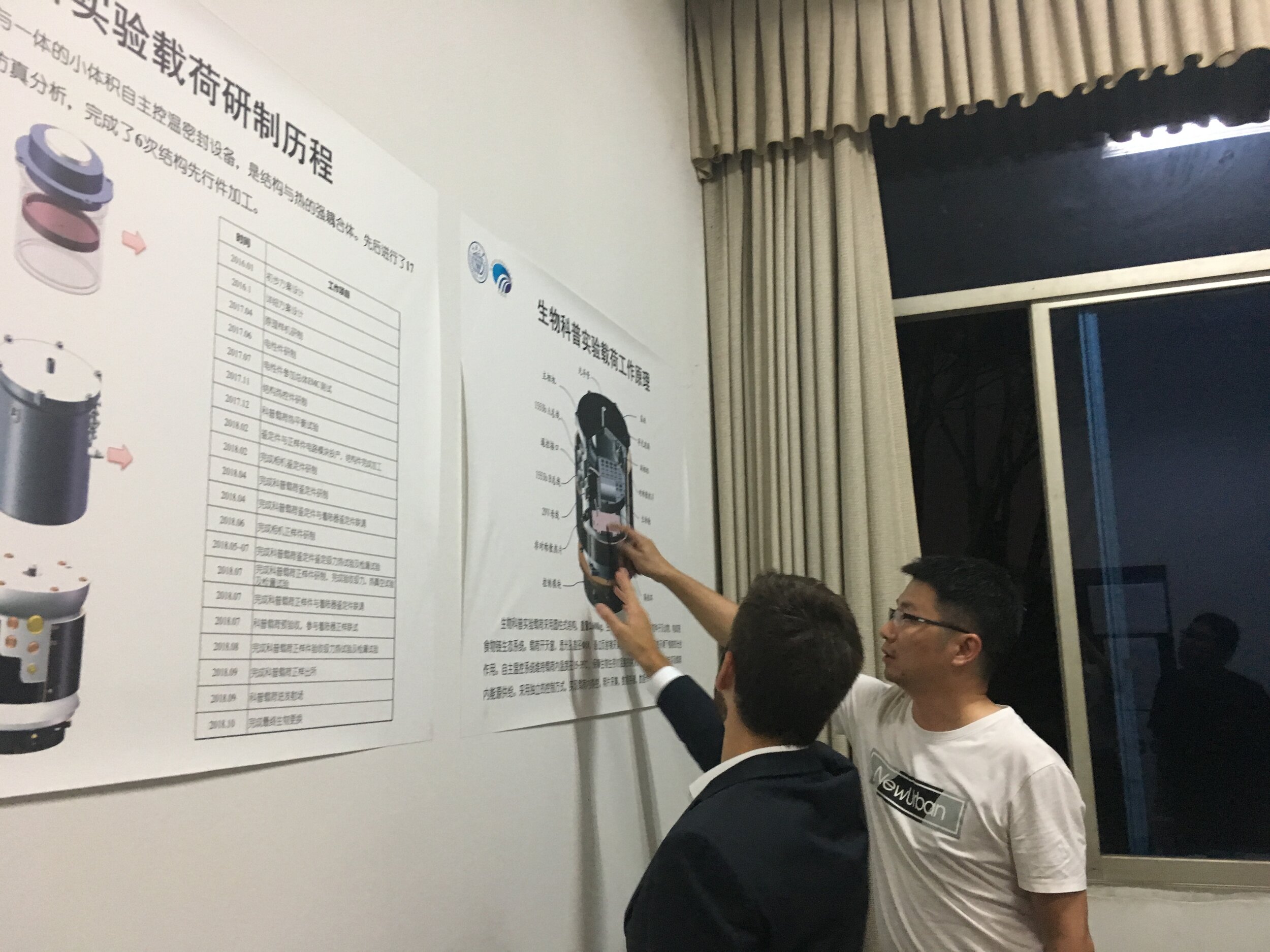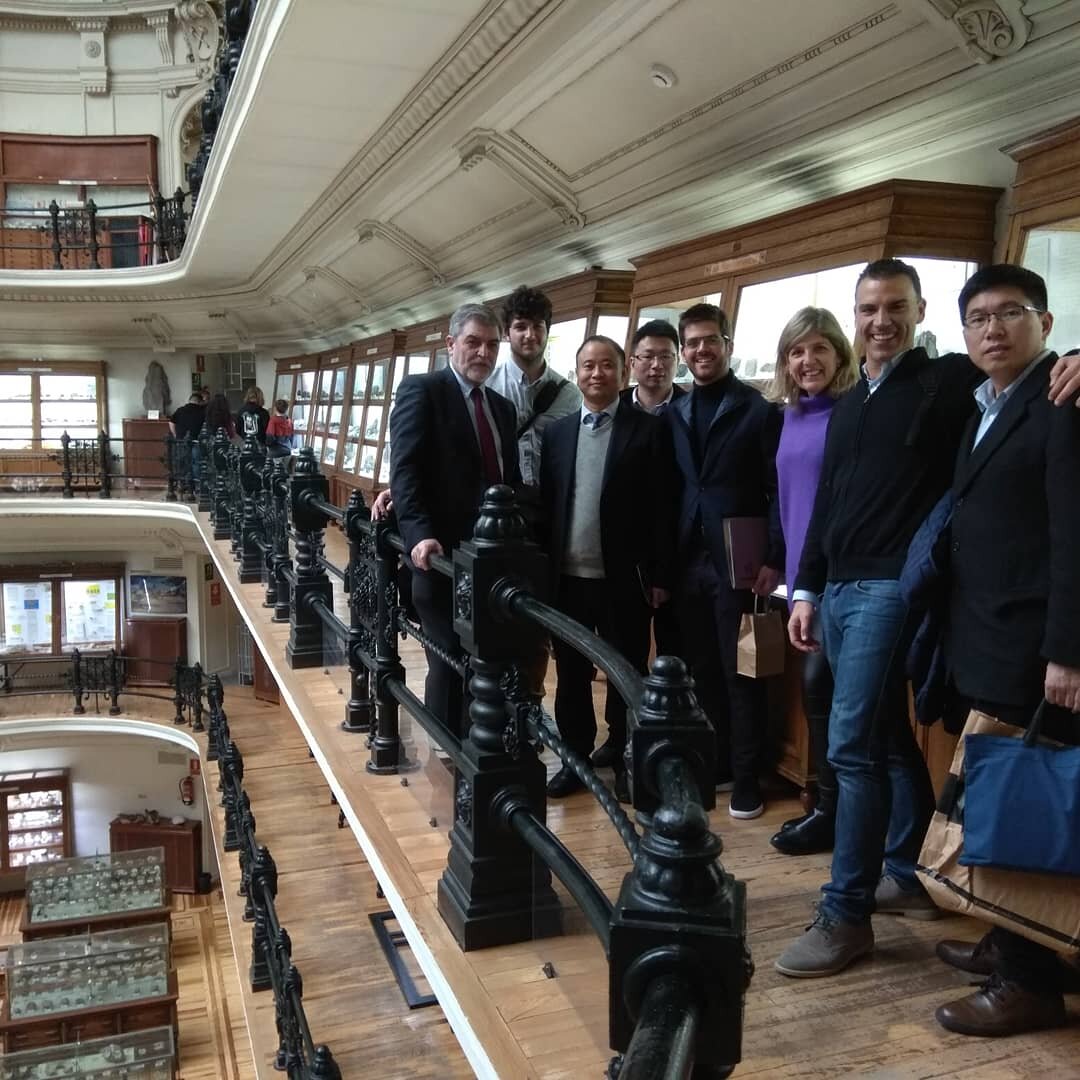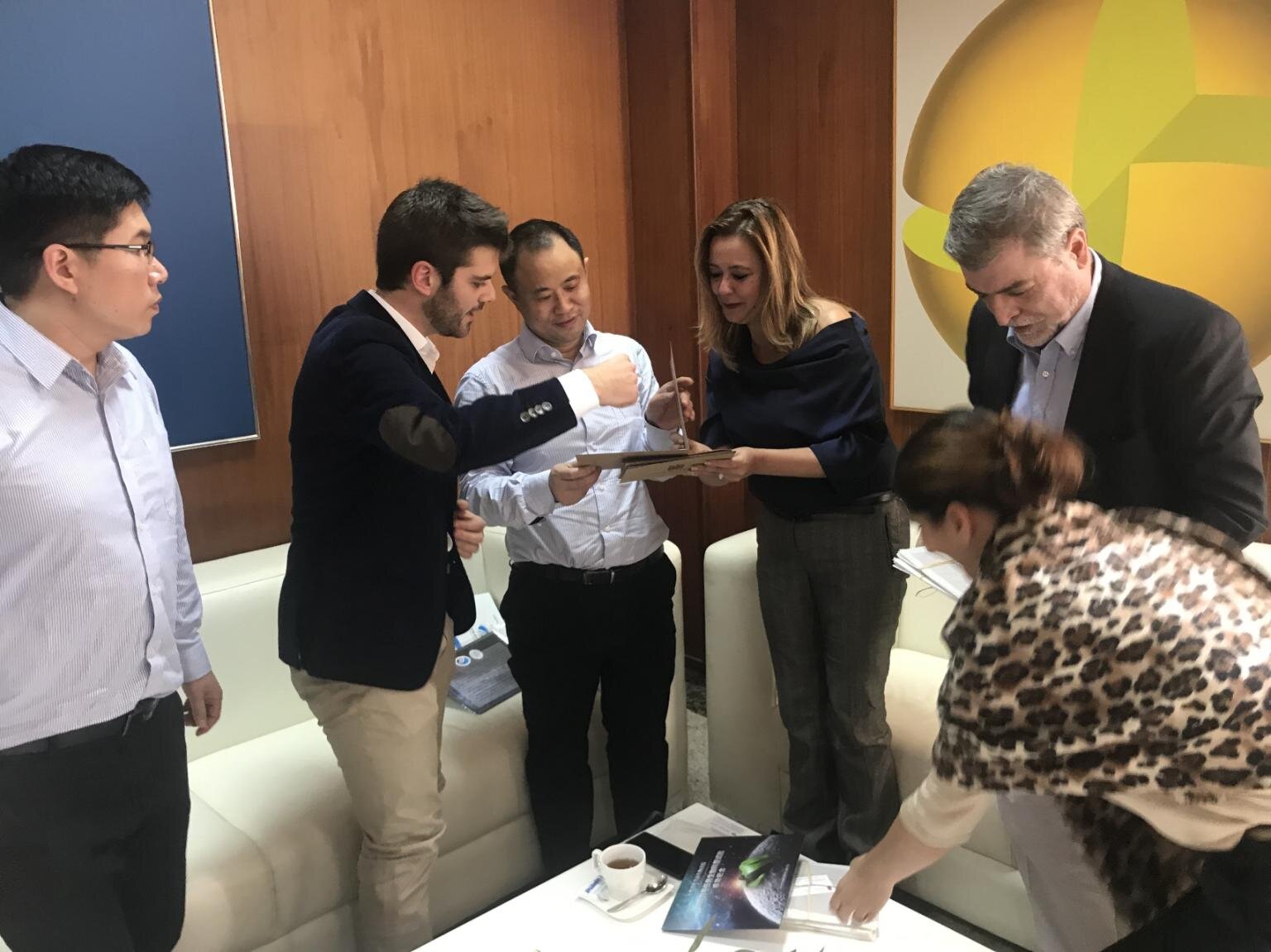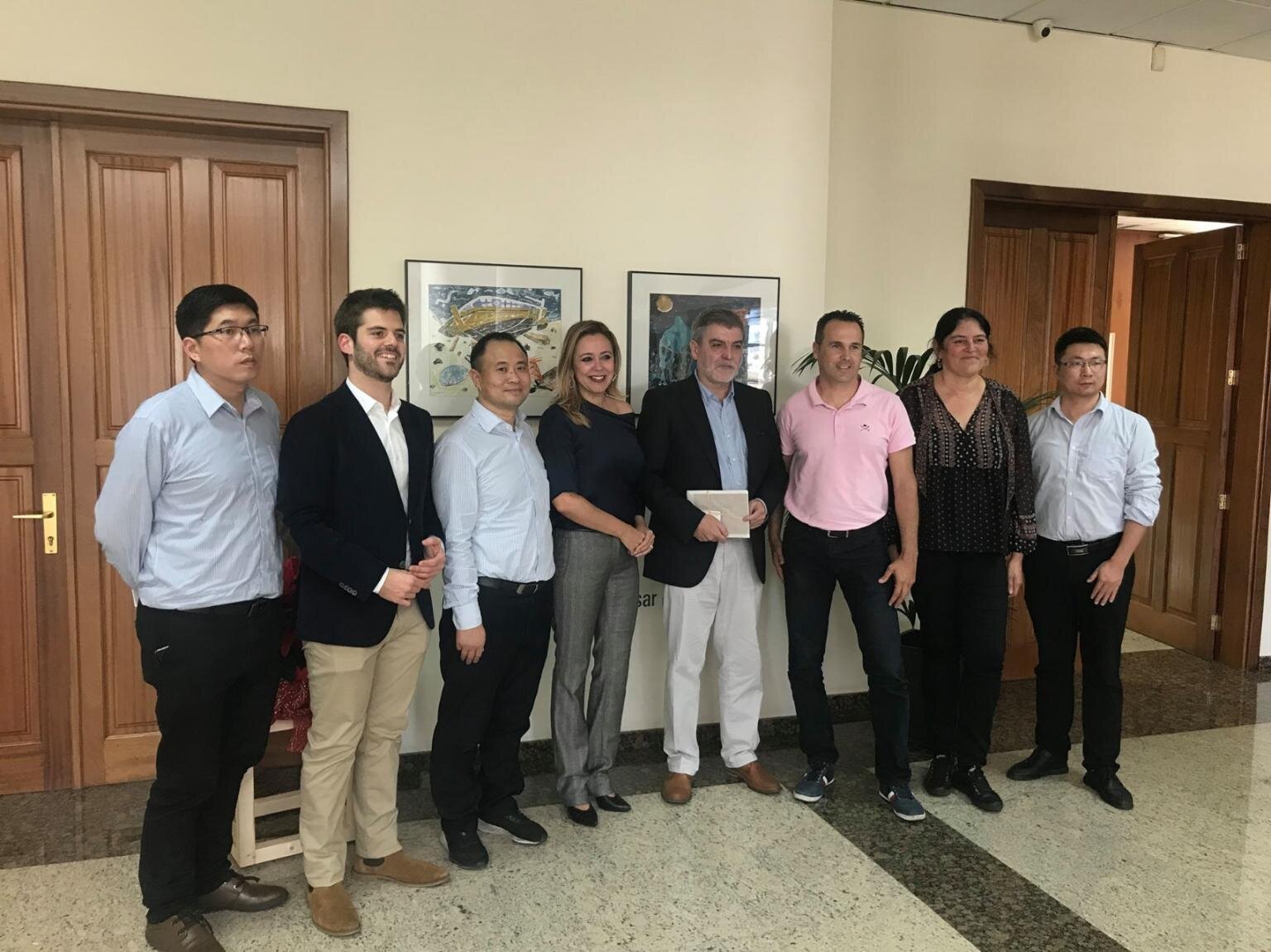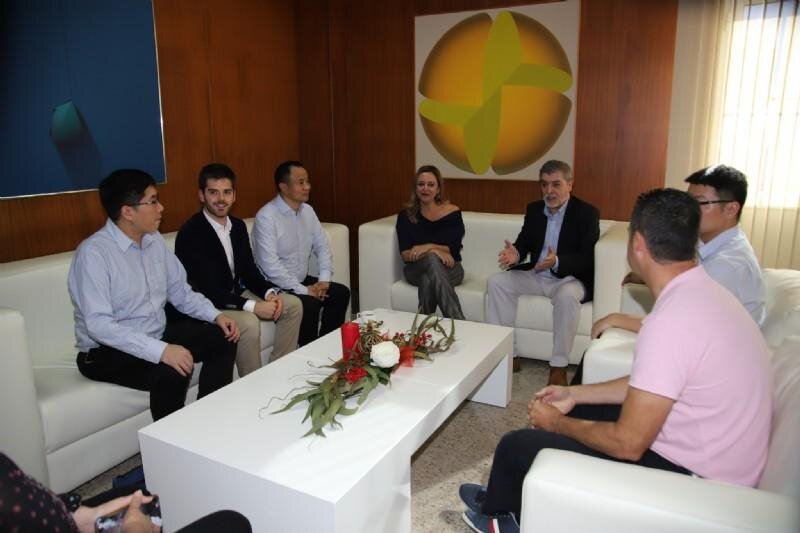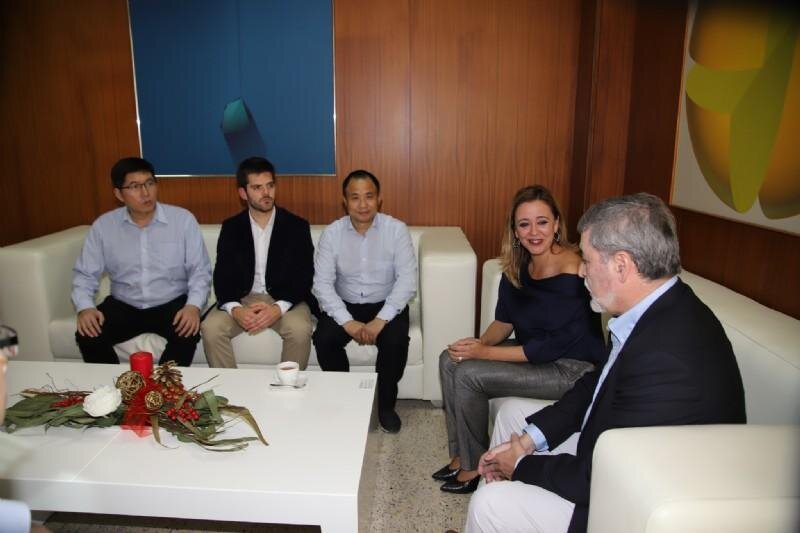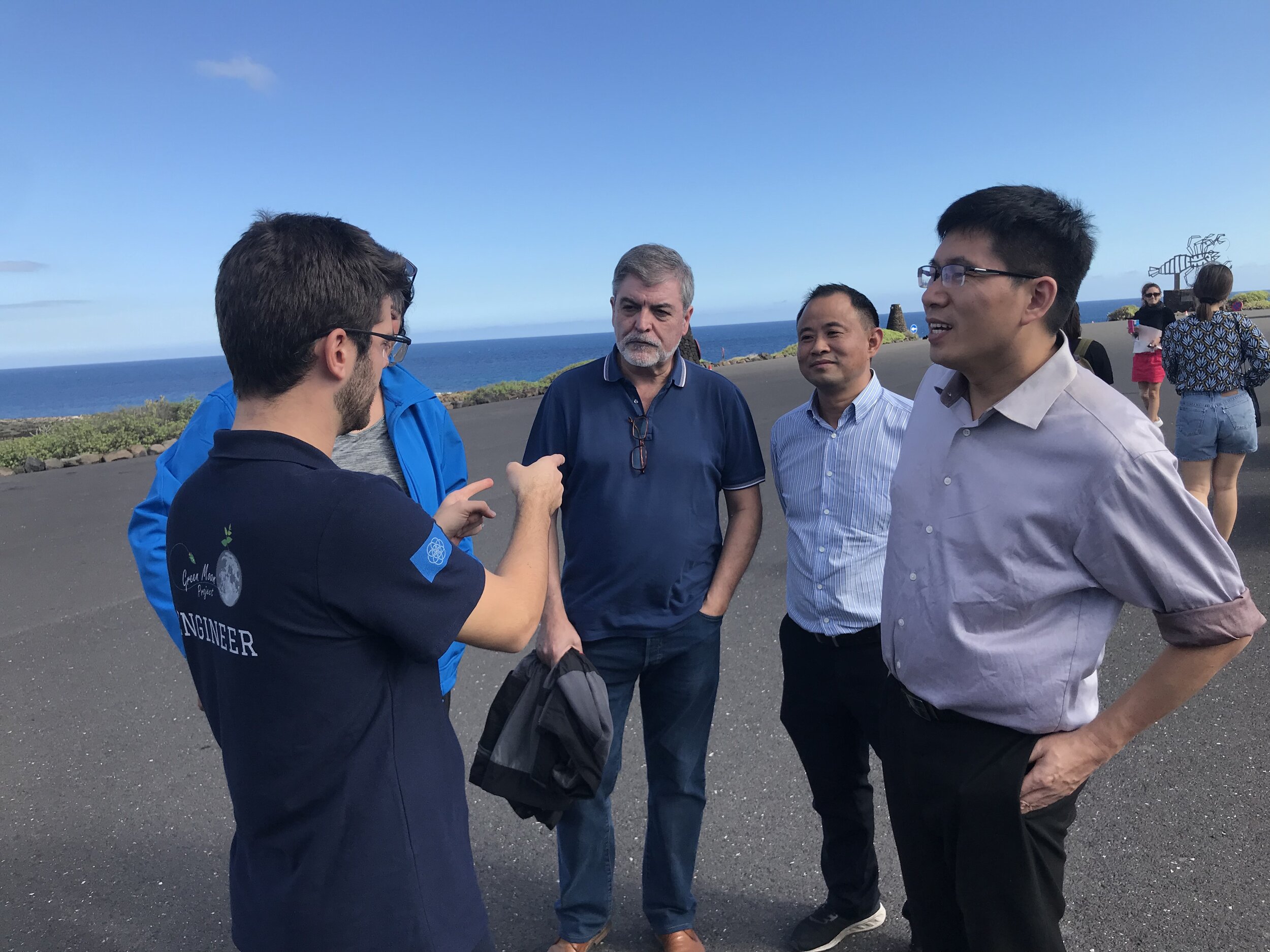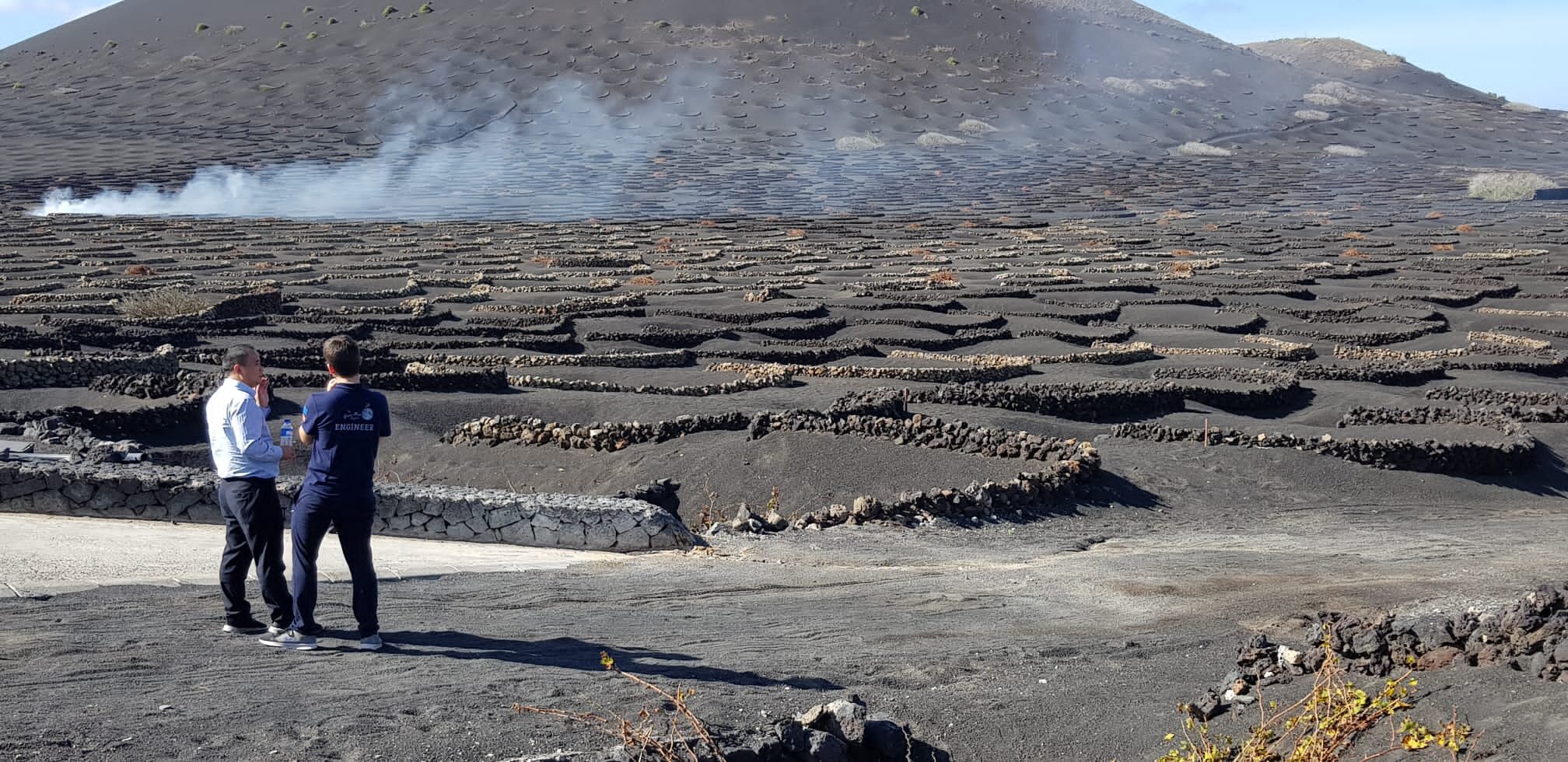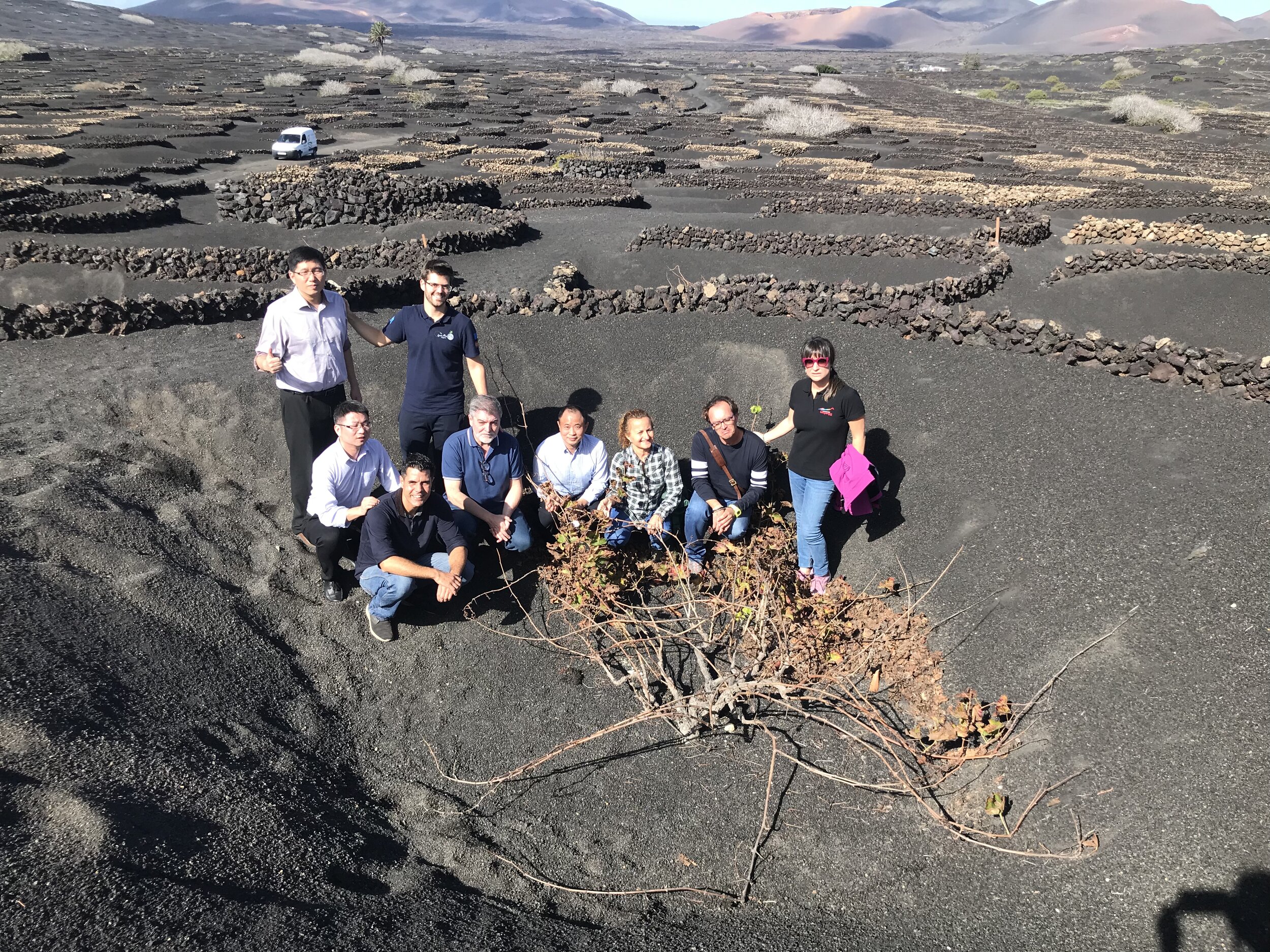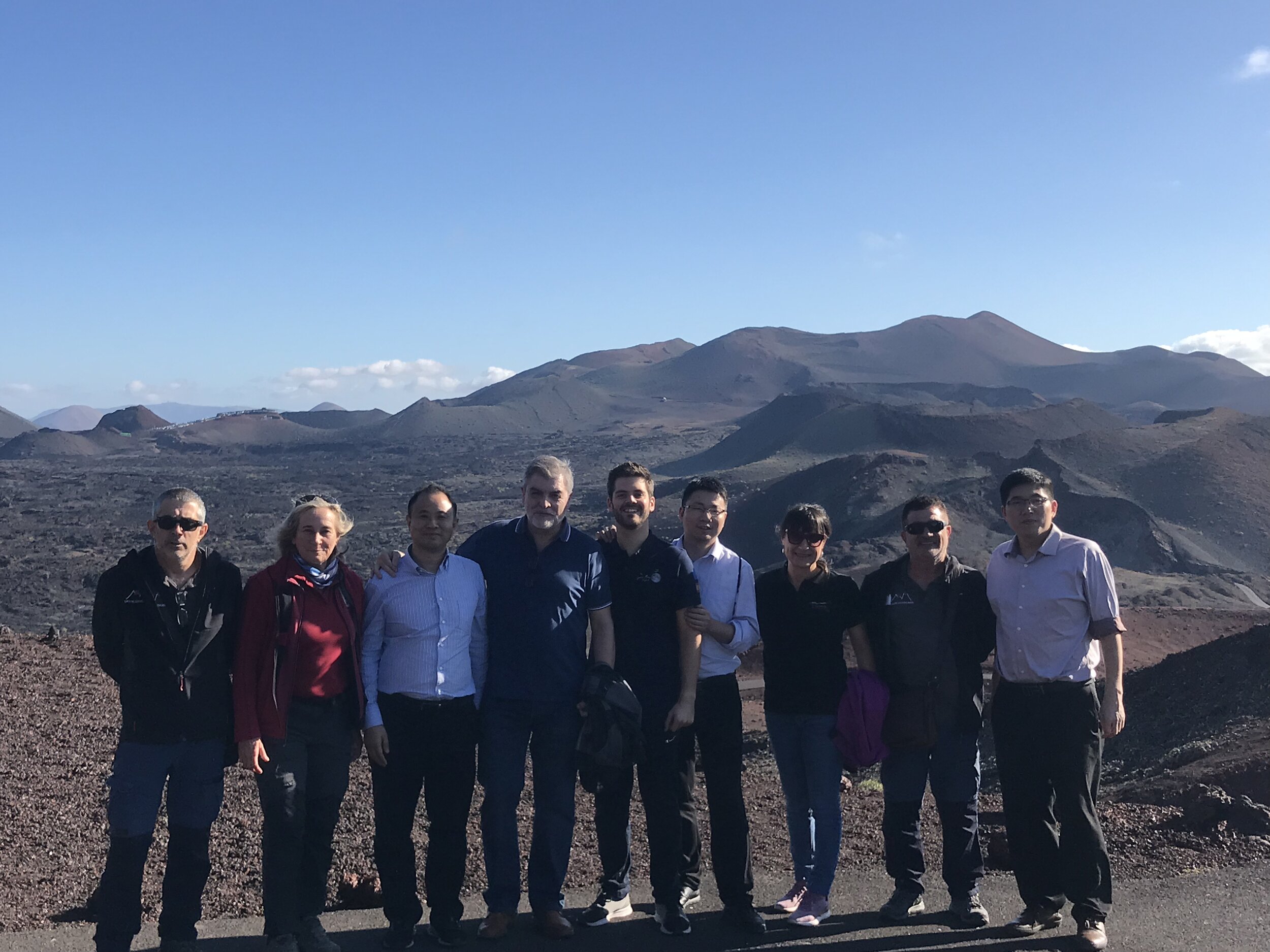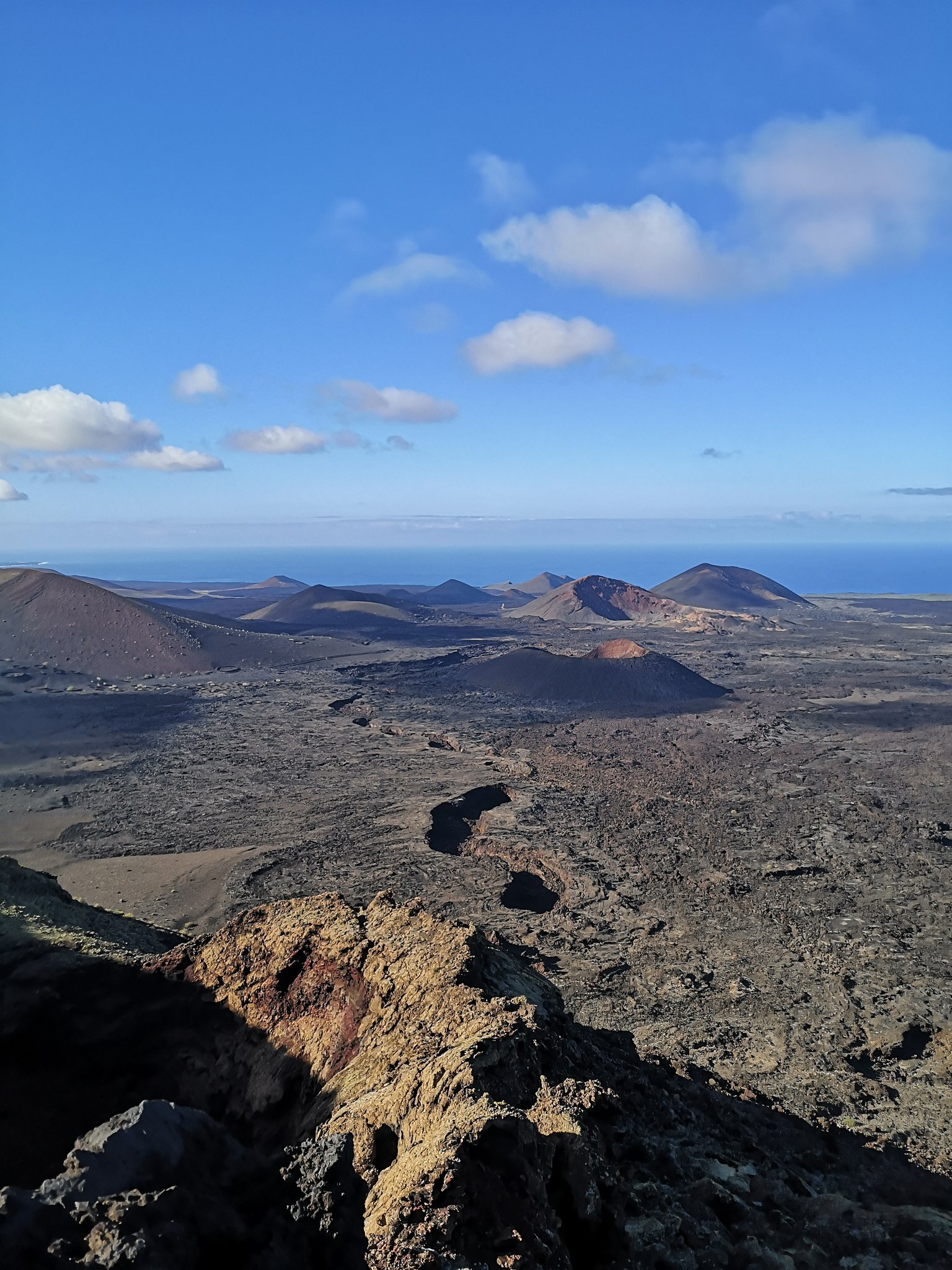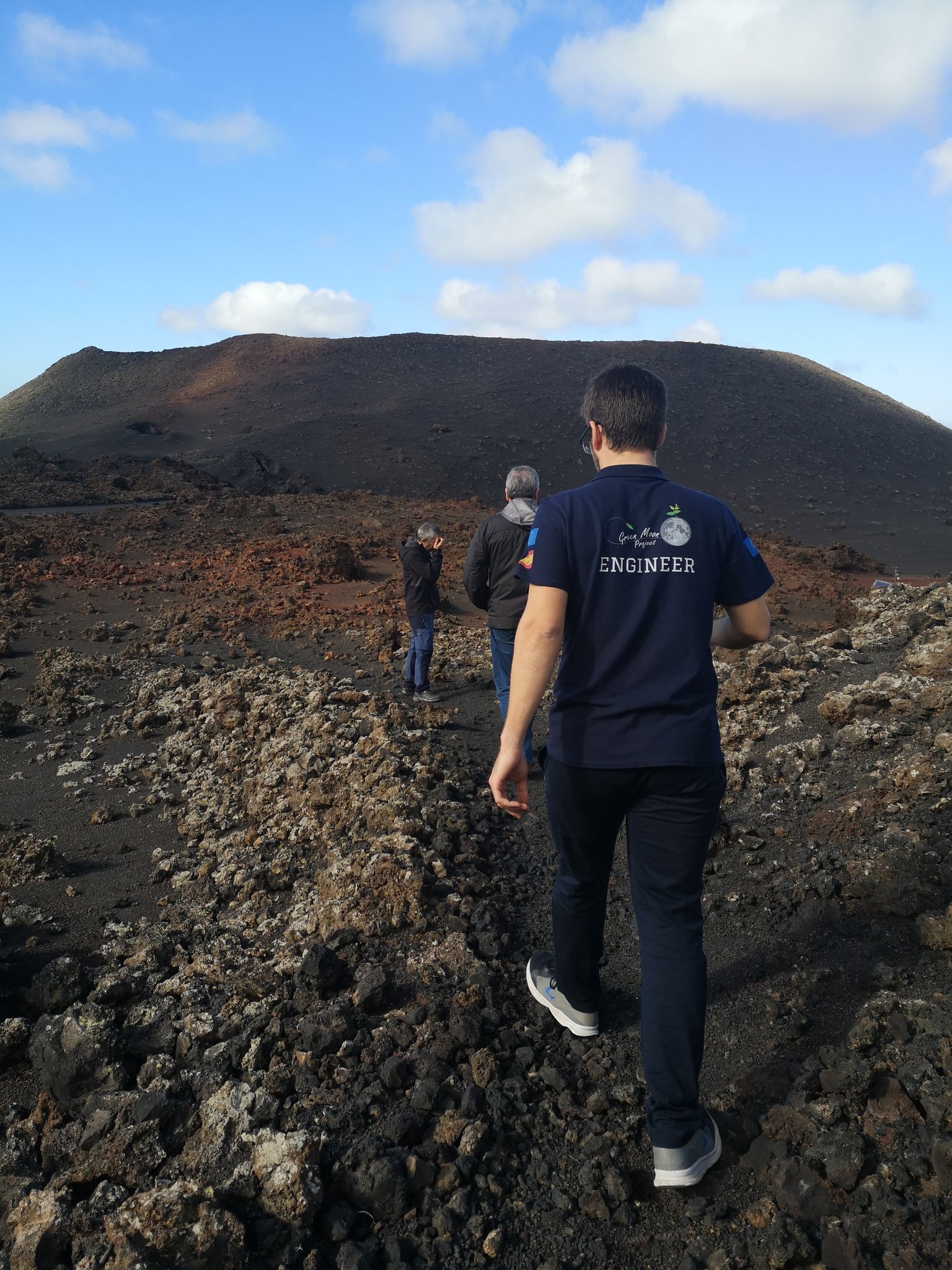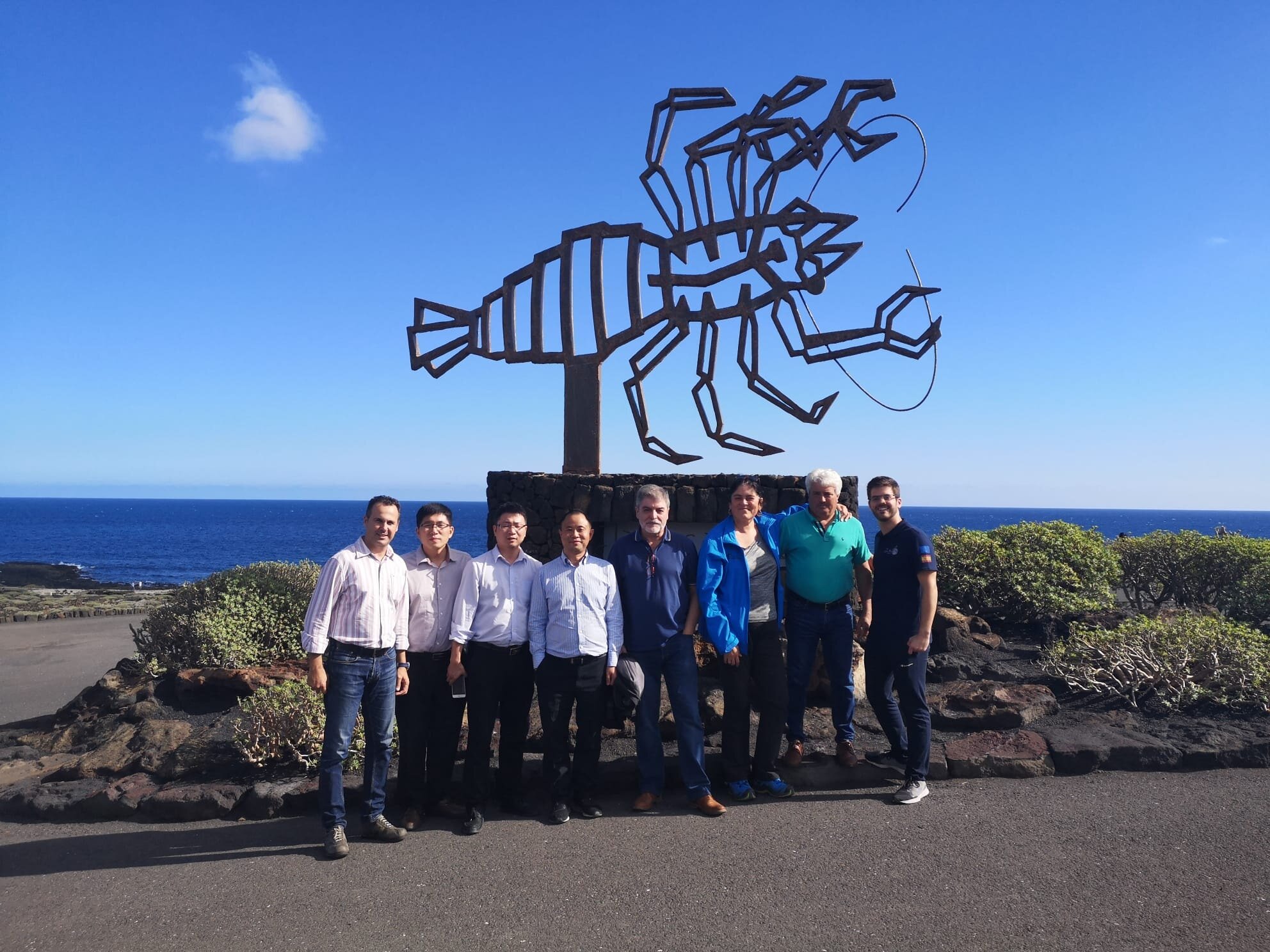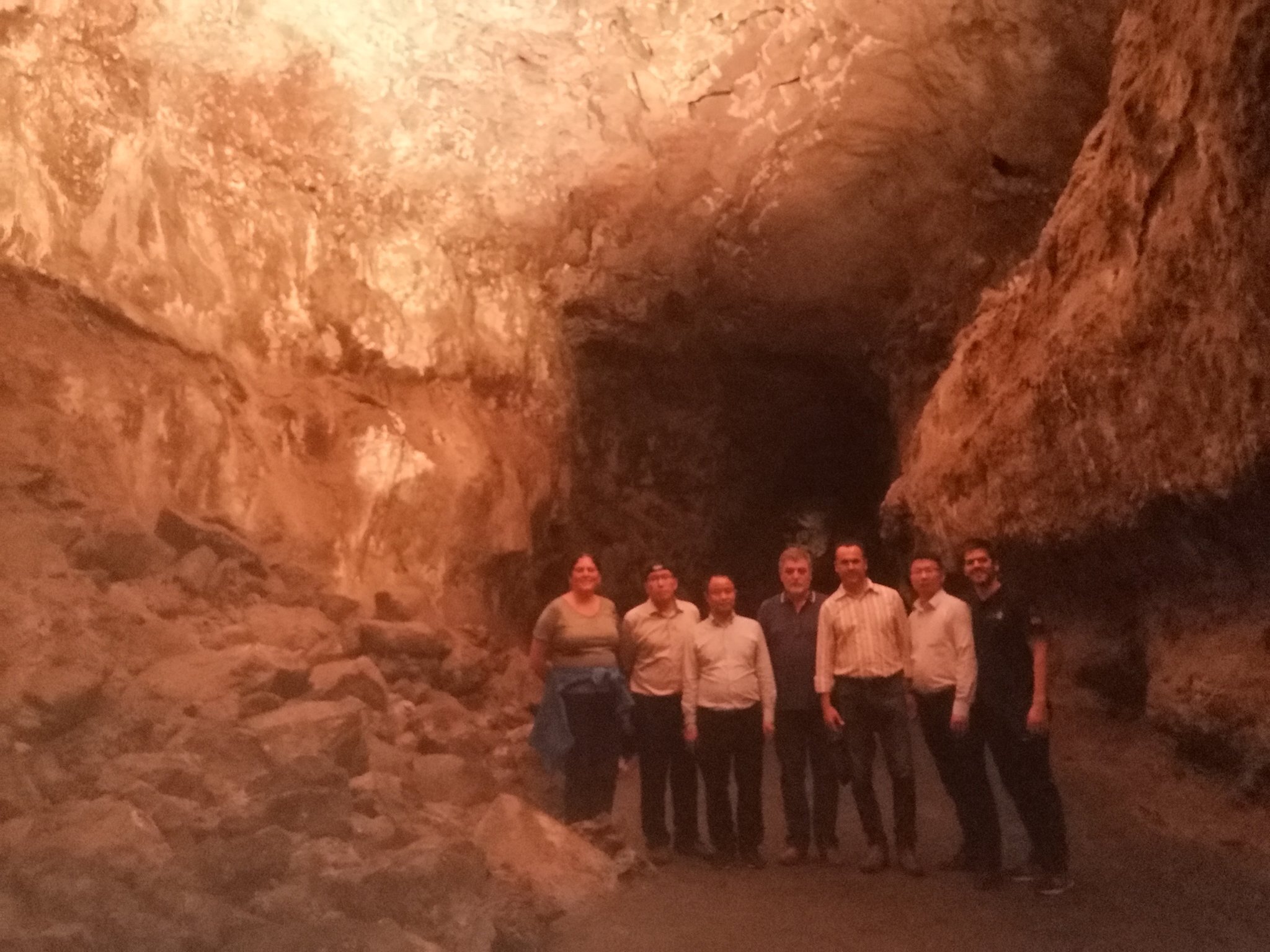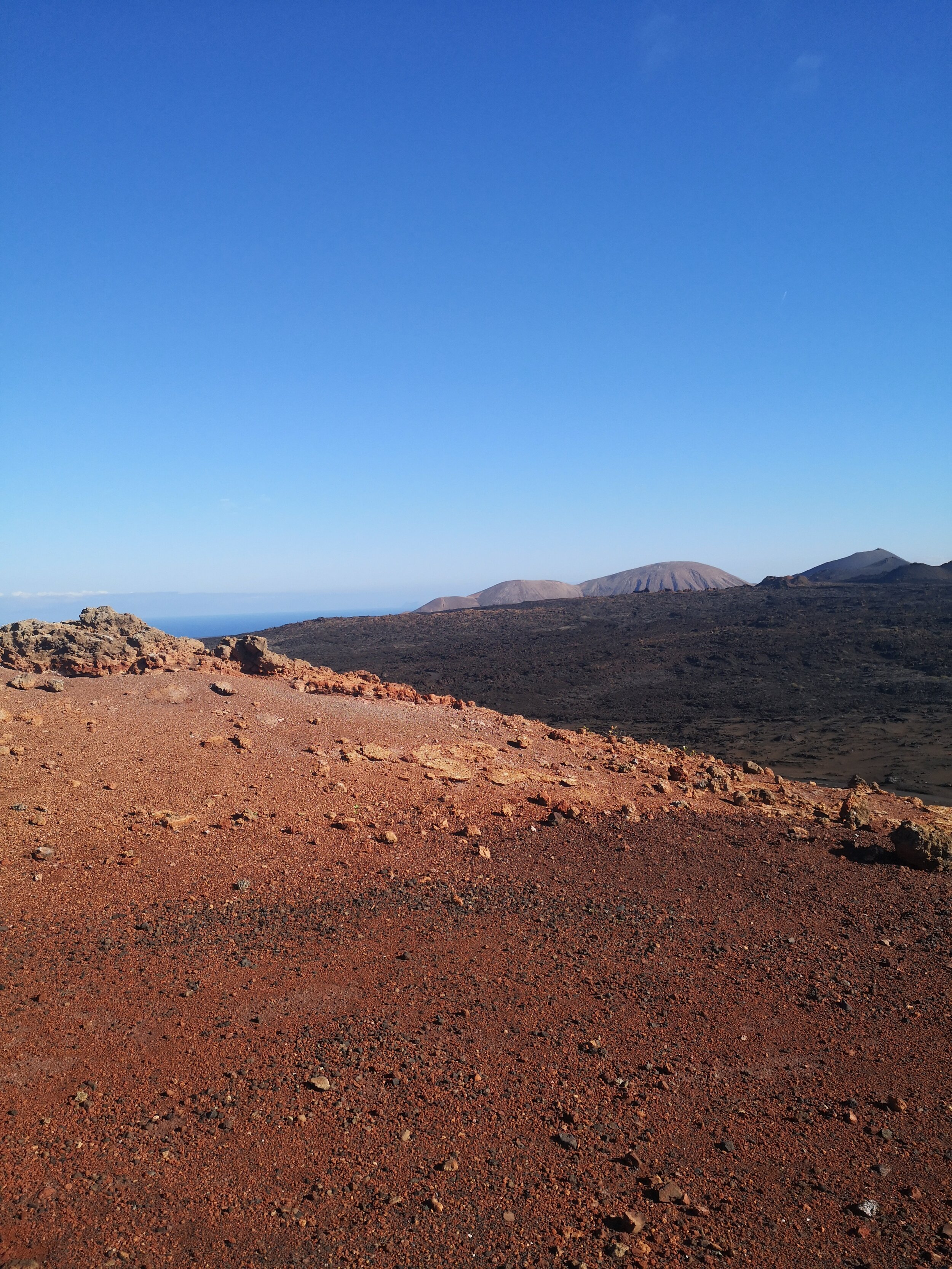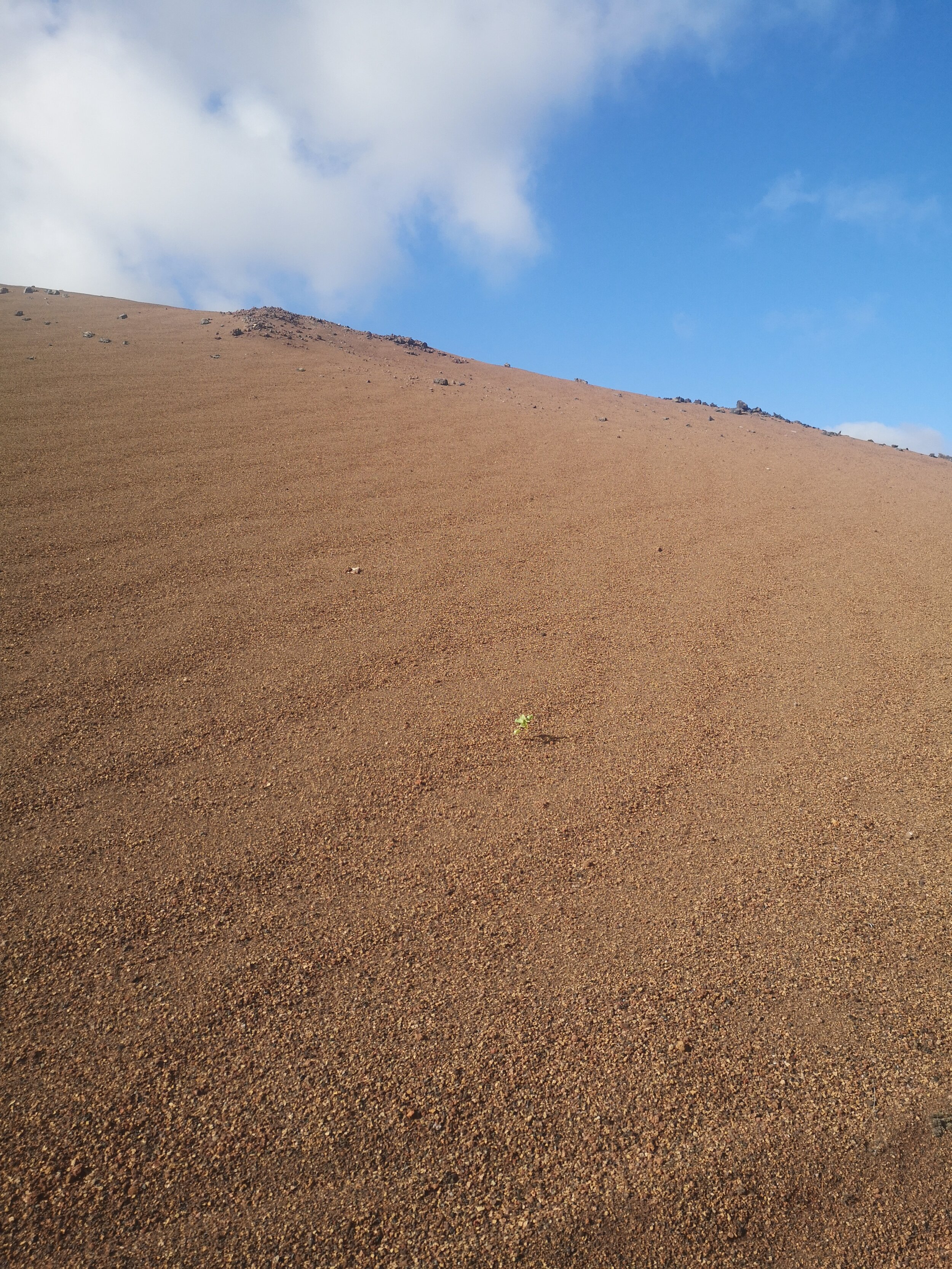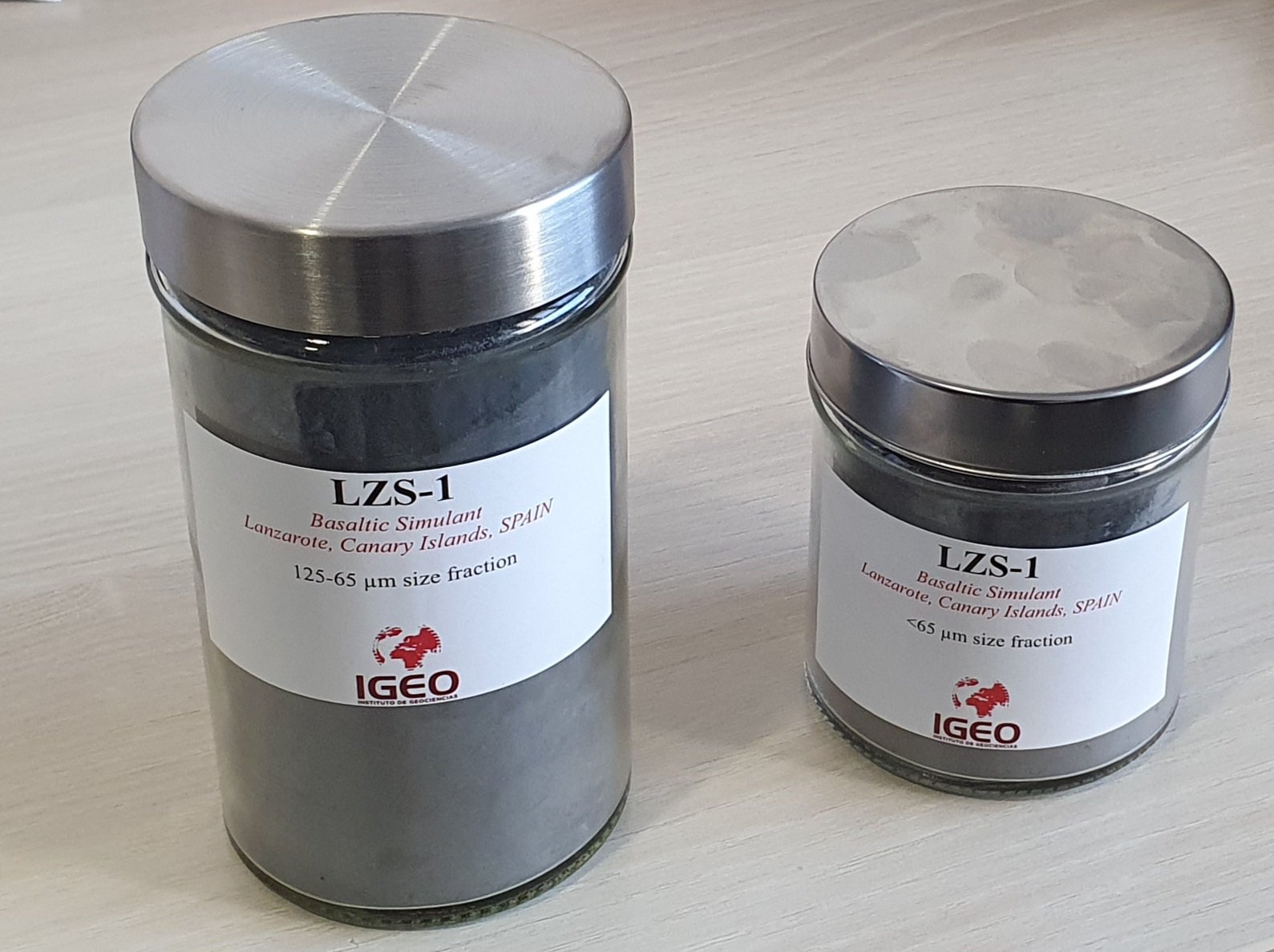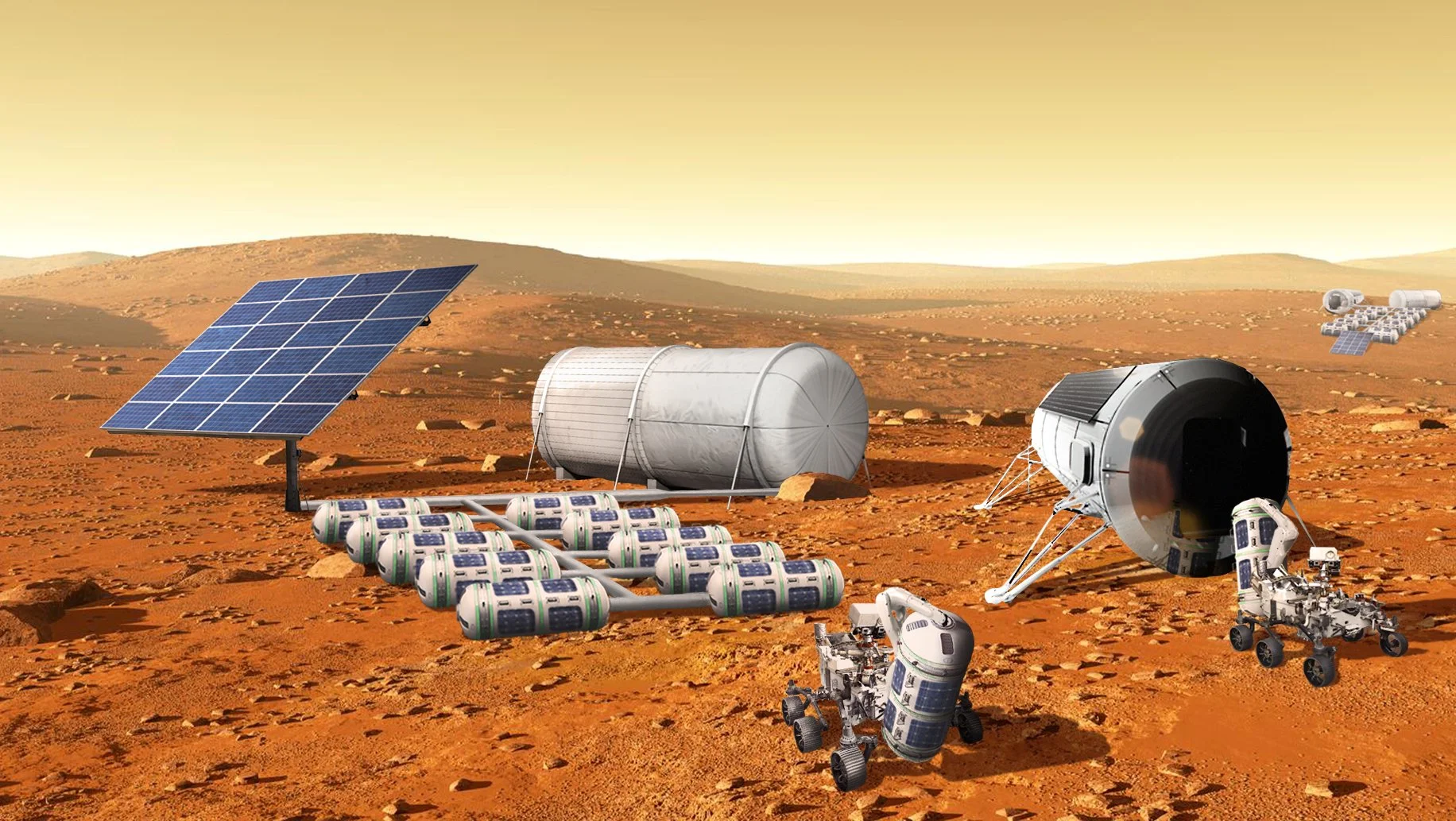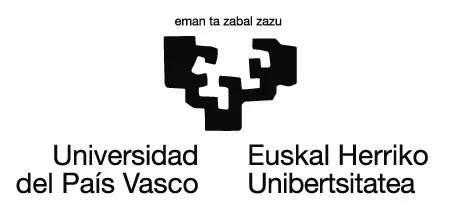
How plants will grow on the Moon where gravity is six times lower than Earth's gravity?
That simple question was the origin of Green Moon Project early in 2016. Since then, we have been working in a very intense way to support space agriculture. We create solutions that merge Planetary Geology, Plant Biology and Space Engineering to design the future spatial crops.
Green Moon Project arose in September 2016 from the curiosity of some young university students from Málaga (Spain) who wanted to see how the germination of a seed and subsequent growth of the plant stem under the effects of lunar gravity would be. The Green Moon Project team presented their own encapsule greenhouse design, a robotic moon germinator, to the competition organised by Team Indus within the Google Lunar X Prize. Green Moon Project was a multidisciplinary team with a clear astrobiological component composed of two engineers and a biologist. The project participated with another 3,400 and was selected as the only Spanish team that reached the international classification of 15 finalist projects in Bangalore (India) on March 15th, 2017.
The Green Moon Project, has now become a scientific initiative focused on Space Agriculture and the development of self-sustaining ecosystems for future lunar missions.
Only a multidisciplinary and dynamic team would be able to develop something like this

THE GREEN MOON PROJECT AND CHINESE CENTER OF SPACE EXPLORATION AGREEMENT
First meeting to express the purpose of establishing a collaboration agreement between the team of the Center of Space Exploration (COSE) of the Ministry of Education at Chongqing University in China and the team of scientists and engineers united through the Green Moon Project in Spain (European Union).
This document symbolises the first step in establishing a partnership between the multidisciplinary teams of Chinese and Spanish scientists and engineers for the future space exploration and space ecosystems development. From here, both parties will seek to define the necessary steps that will lead to the signing of a research agreement that makes this international collaboration effective, involving the Spanish and European institutions to which the Spanish researchers belong.
The main aspects of cooperation between the two sides are: scientific research of astrobiology and extraterrestrial ecosystem, as well as the research, design, technology of space science and deep space exploration, the engineering and technique to design and build future space rovers of inspection. This document is signed in Chongqing (China) on September 7th, 2019.
As a fruit of this signed agreement, in May 2024, there was the scientific paper publication by Elsevier speaking on “Key factors in developing controlled closed ecosystems for lunar missions”.

